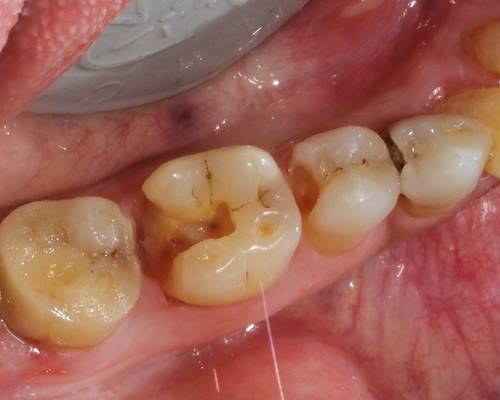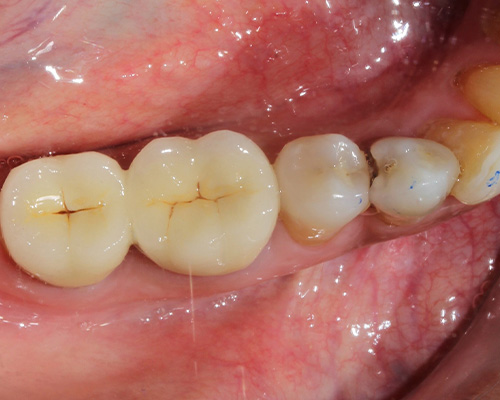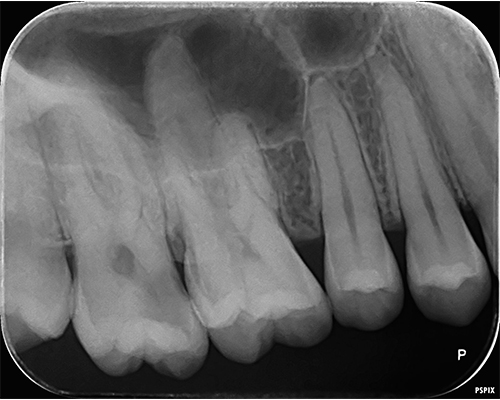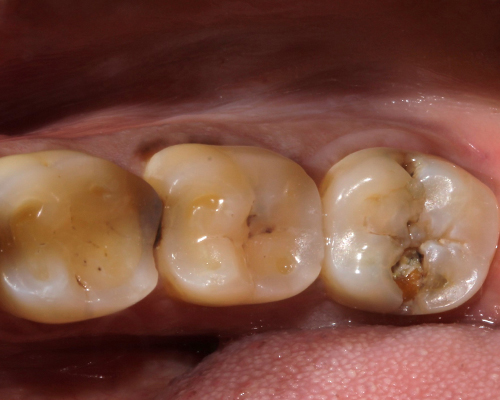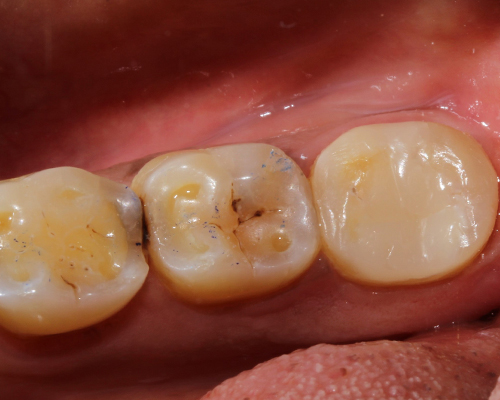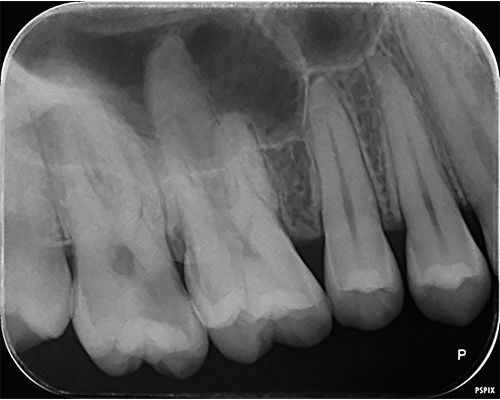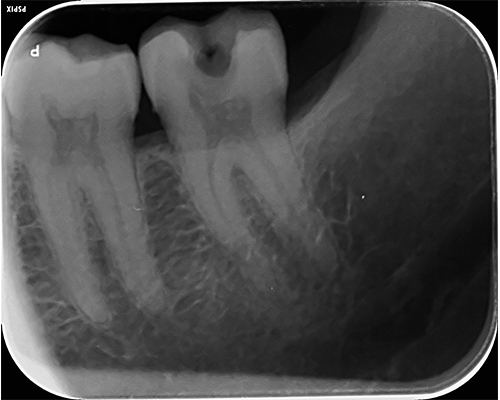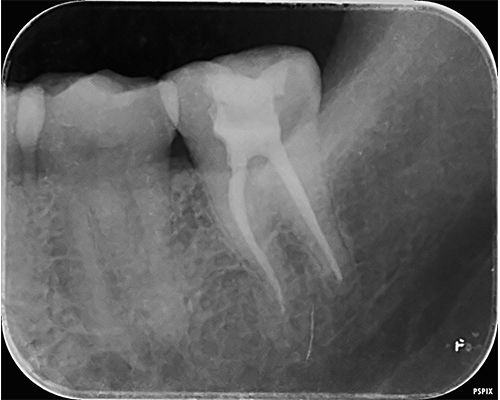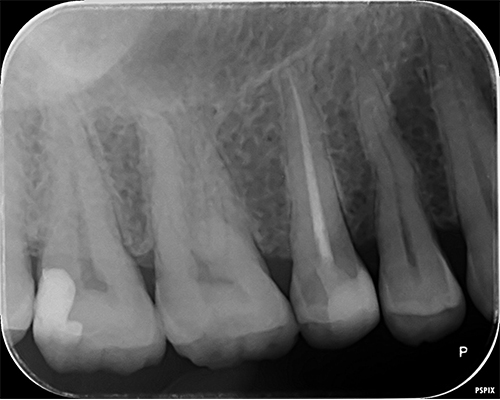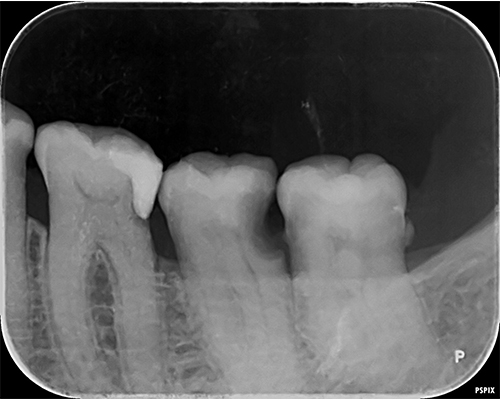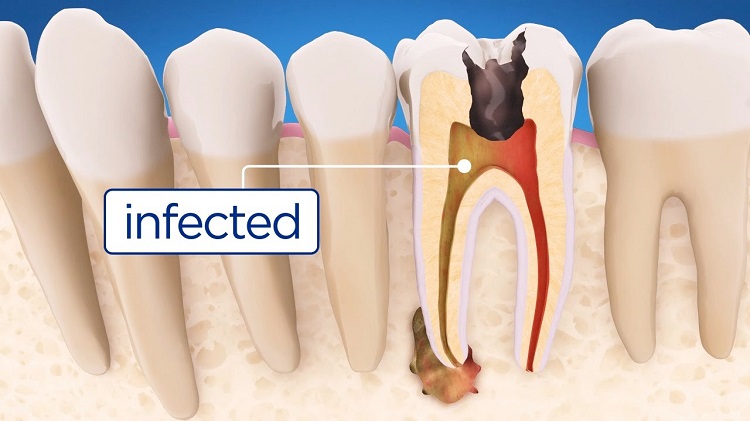
Root Canal Specialist In Ahmedabad
Root canal treatment, often dreaded by patients due to the anticipated pain, has become significantly less painful and more comfortable thanks to advancements in dental technology and techniques. Dr. Pathik patel masters painless n single sitting root canal treatment.Here’s a detailed overview of how modern root canal treatment can be nearly painless:
Understanding Root Canal Treatment
Purpose:A root canal is performed to save a tooth that is badly decayed or infected. The procedure involves removing the infected pulp (the soft tissue inside the tooth), cleaning and disinfecting the root canals, and then filling and sealing them.
Steps in a Painless Root Canal Treatment
1. Diagnosis and Planning
- Examination: The dentist examines the tooth and takes X-rays to assess the extent of infection and plan the treatment.
- Anesthesia: A local anesthetic is administered to numb the area around the affected tooth, ensuring the patient feels no pain during the procedure.
2. Isolation of the Tooth
- Dental Dam: A rubber dam is placed around the tooth to keep it dry and free of saliva, providing a clean working area and preventing contamination.
3. Access and Pulp Removal
- Access Opening: The dentist drills a small opening in the crown of the tooth to access the pulp chamber.
- Pulp Removal: Specialized instruments are used to remove the infected or damaged pulp from the pulp chamber and root canals.
4. Cleaning and Disinfection
- Irrigation: The root canals are thoroughly cleaned and disinfected using antimicrobial solutions to eliminate bacteria and debris.
- Shaping: The canals are shaped to allow for proper filling and sealing.
5. Filling and Sealing
- Gutta-Percha: The cleaned and shaped canals are filled with a biocompatible material called gutta-percha, which is then sealed with adhesive cement to prevent future infections.
- Temporary Filling: A temporary filling is placed to close the access opening until a permanent restoration (like a crown) can be placed.
6. Restoration
- Permanent Restoration: In a follow-up visit, the temporary filling is replaced with a permanent restoration, such as a crown, to protect the tooth and restore its function.
Advancements Making Root Canal Treatments Painless
1. Modern Anesthesia Techniques
- Effective local anesthetics and techniques ensure complete numbness in the treated area, making the procedure painless.
- Topical anesthetics can be applied before the injection to minimize discomfort from the needle.
2. Rotary Endodontics
- The use of electric-powered rotary instruments allows for faster and more precise cleaning and shaping of the root canals, reducing treatment time and discomfort.
Post-Treatment Care
- Pain Management: Over-the-counter pain relievers like ibuprofen or acetaminophen can help manage any post-treatment discomfort. Prescription pain medications may be provided if needed.
- Follow-Up: Follow-up appointments are essential to monitor healing and place the final restoration.
- Oral Hygiene:Good oral hygiene practices, including regular brushing, flossing, and dental check-ups, are crucial to prevent any damage
Modern root canal treatment, with the use of advanced technologies and techniques, can be a painless and comfortable experience, allowing patients to save their natural teeth without the fear of pain.
